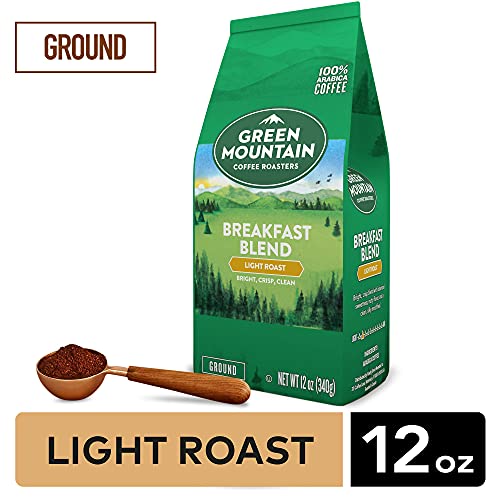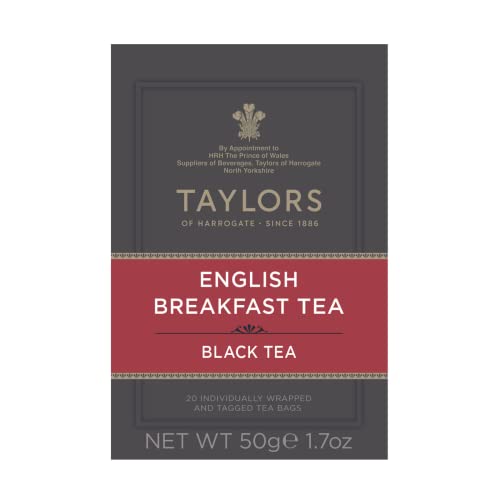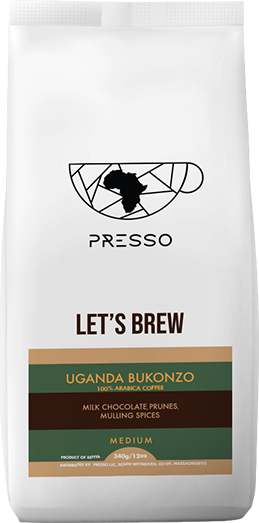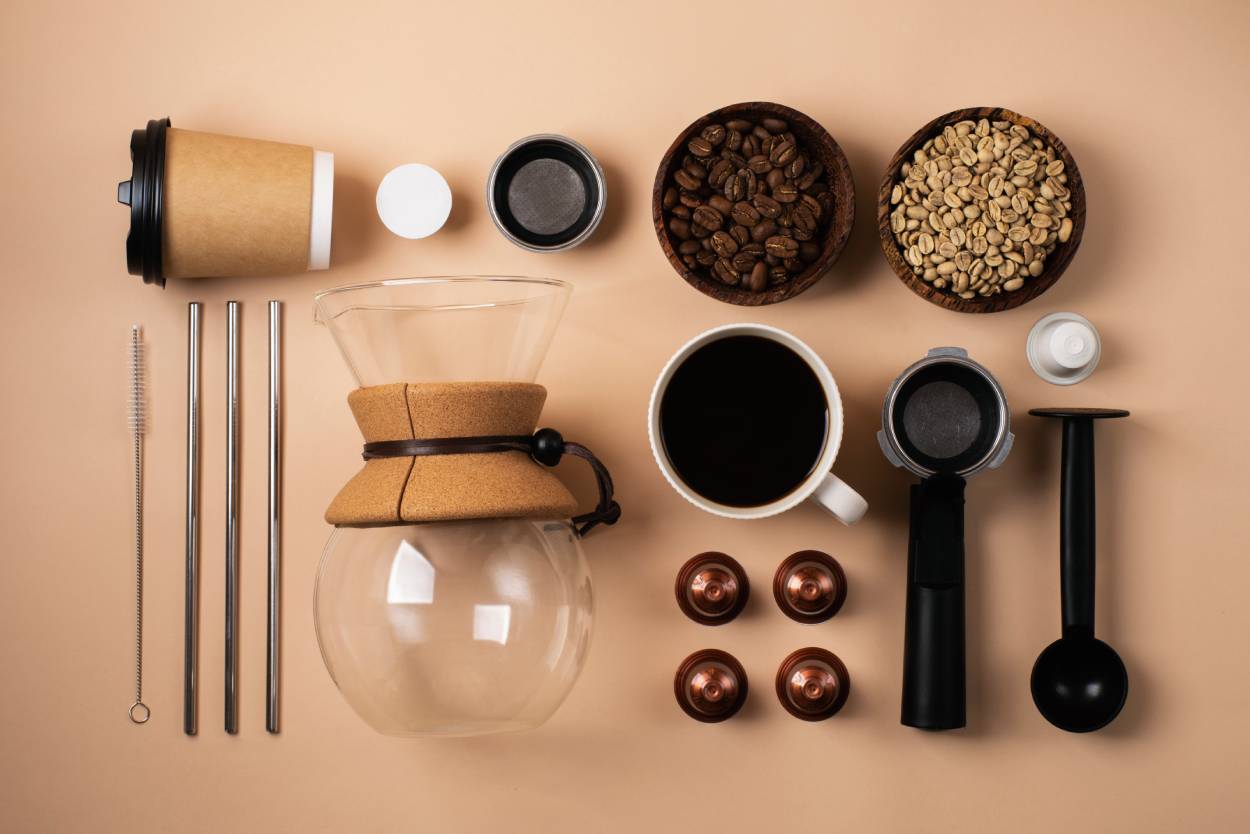
The Science of Decaffeination: How Coffee Loses Its Buzz
Table of Contents
- What is Decaffeinated Coffee?
- Why Decaffeinate Coffee?
- The Science Behind Decaffeination
- 1. Solvent-Based Decaffeination
- 2. Swiss Water Process
- 3. CO₂ Decaffeination
- 4. Organic Solvent-Free Methods
- How Decaffeination Affects Flavor
- Why Choose Decaf Coffee?
- Common Myths About Decaf Coffee
- How to Brew the Perfect Decaf Coffee
- Sustainability in Decaffeination
- Conclusion
The Science of Decaffeination: How Coffee Loses Its Buzz
- Adam Smith
- 27-01-2025
- 27-01-2025
- 1084 views
- Coffee Shop

Coffee is cherished worldwide for its energizing buzz, thanks to caffeine. But for those who prefer the flavor without the jitters, decaffeinated coffee offers a perfect alternative. Have you ever wondered how coffee beans lose their caffeine while retaining their rich flavor? This blog dives deep into the science of decaffeination, exploring the various processes, their impacts on flavor, and why decaf coffee might be your next favorite cup.
What is Decaffeinated Coffee?
Decaffeinated coffee, or decaf, is coffee that has had at least 97% of its caffeine content removed. Despite common misconceptions, decaf coffee is not entirely caffeine-free. A standard cup of decaf contains about 2-5 milligrams of caffeine compared to the 80-100 milligrams in regular coffee.
Why Decaffeinate Coffee?
People choose decaf for a variety of reasons:
- Health Concerns: Those sensitive to caffeine or with conditions like insomnia or acid reflux often opt for decaf.
- Late-Night Indulgence: Decaf allows coffee lovers to enjoy their favorite beverage without disrupting sleep.
- Flavor Appreciation: Some drink decaf purely for its taste, without seeking the stimulant effects of caffeine.
The Science Behind Decaffeination
Decaffeination occurs before roasting when coffee beans are still green. The goal is to remove caffeine while preserving the bean’s flavor compounds. Achieving this balance is both an art and a science.
1. Solvent-Based Decaffeination
This method uses solvents like methylene chloride or ethyl acetate to dissolve caffeine.
- Direct Method: Beans are steamed, then rinsed with the solvent, which bonds with caffeine.
- Indirect Method: Beans soak in hot water to release caffeine. The water is then treated with the solvent, and the beans are re-soaked to reabsorb the flavors.
Advantages: Efficient and preserves flavor well.
Concerns: Residual solvents, though usually removed, can raise health concerns for some consumers.
2. Swiss Water Process
This chemical-free method relies on water and osmosis to remove caffeine.
- Beans are soaked in hot water, extracting caffeine and flavor compounds.
- The caffeine-laden water is filtered through activated carbon to remove caffeine.
- The flavor-infused water is reused to decaffeinate the next batch of beans.
Advantages: 100% natural and organic.
Concerns: Slightly more expensive, and some flavors may be lost.
3. CO₂ Decaffeination
Using liquid carbon dioxide, this method targets caffeine molecules specifically.
- Beans are soaked in water, then placed in a pressurized chamber.
- Liquid CO₂ is pumped into the chamber, binding with the caffeine.
- The caffeine-laden CO₂ is removed, and the beans are dried.
Advantages: Retains flavor while being free of chemicals.
Concerns: High costs make it less common.
4. Organic Solvent-Free Methods
Some methods use natural substances like green coffee extract or innovative technologies to decaffeinate beans. These are favored by eco-conscious brands.
How Decaffeination Affects Flavor
The decaffeination process can alter a coffee bean’s natural flavor due to the extraction of oils and compounds. The degree of change depends on the method used.
- Solvent-Based Methods: Retain a balanced flavor but can sometimes leave a “processed” aftertaste.
- Swiss Water Process: Produces a milder, cleaner taste but may lose some complexity.
- CO₂ Process: Preserves the bean’s original flavor profile most effectively.
Roasting also plays a significant role in bringing out the flavor of decaf beans. Dark roasts can mask flavor inconsistencies caused by decaffeination.
Why Choose Decaf Coffee?
- Health Benefits: Decaf retains antioxidants found in regular coffee, offering heart and liver health benefits without caffeine’s effects.
- Taste Without the Jitters: Enjoy the rich flavors of coffee at any time of day.
- Accessible to All: Perfect for people with caffeine sensitivities or medical restrictions.
Common Myths About Decaf Coffee
- Myth: Decaf coffee is flavorless.
Reality: With advancements in decaffeination, decaf now boasts full-bodied, flavorful brews. - Myth: Decaf is entirely caffeine-free.
Reality: While it contains minimal caffeine, it’s not completely free of it. - Myth: Decaf is unhealthy.
Reality: High-quality decaf uses safe, approved methods that retain coffee’s nutritional value.
How to Brew the Perfect Decaf Coffee
Brewing decaf is no different from brewing regular coffee. However, some tips can enhance your experience:
- Choose High-Quality Beans: Look for Swiss Water Process or CO₂-decaffeinated beans for the best taste.
- Use Freshly Ground Beans: Grinding your beans ensures maximum flavor retention.
- Experiment with Brewing Methods: French press, pour-over, or cold brew work wonderfully for decaf.
Sustainability in Decaffeination
Eco-conscious consumers often choose decaf methods like the Swiss Water Process due to their minimal environmental impact. Additionally, some brands are adopting sustainable farming practices to produce decaf beans ethically.
Conclusion
The science of decaffeination is a fascinating blend of chemistry and artistry, ensuring coffee lovers can enjoy their brew without caffeine. Whether you’re seeking better sleep, managing health concerns, or simply exploring new flavors, decaf coffee offers an exciting world to discover. With the advancements in decaffeination methods, there’s never been a better time to enjoy coffee’s taste—minus the buzz.






















